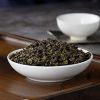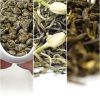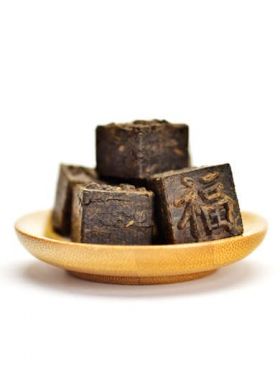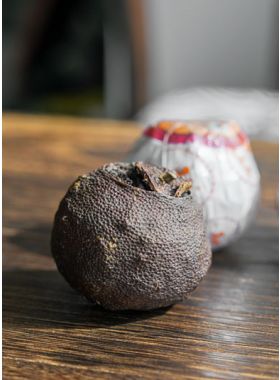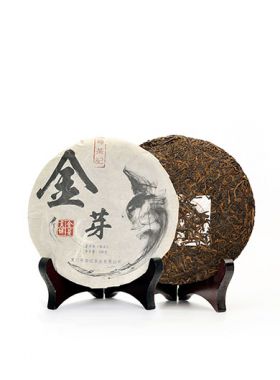-
Fast ShippingFree shipping for orders above $40
to most countries. -
Secure PaymentPay with Paypal, Credit Card …
-
Carefully SelectedFrequently Visit Tea Gardens.
Taste Repetitiously -
15 Days RefundNo Questions Asked
Refund Policy
Quanzhi Green Mandarin Orange Ripened Pu-erh Tea
With nice and noticeable citrus flavor
With nice and noticeable citrus flavor
| Origin: |
Orange --- Shenlv Village, Sanjiang Town, Xinhui, Guangdong Province, China Tea --- Jinggu, Pu-erh City, Yunnan Province, China |
|---|---|
| Harvest Date: |
Pu-erh tea - April, 2015 Xinhui mandarin - August, 2020 |
| Picking Standards: |
35g - 45g green mandarins |
| Dry Leaf: |
Each one weighs about 8-10g, the loose pu-erh tea are tightly warpped in the dark green peels |
| Aroma: |
Fresh and rich orange fragrance with slight aged aroma of ripened pu-erh tea |
| Liquor: |
Bright dark red in color |
| Taste: |
Soft and smooth, with citrus sweetness and outstanding refreshing fragrance, it blends perfectly with the aged fragrance of pu-erh tea |
| Tea Bush: |
Yunnan large-leaf tea bush species |
| Tea Garden: |
Jiu Tai Po Tea Garden |
| Caffeine: |
Low caffeine (less than 10% of a cup of coffee) |
| Storage: |
Store in cool, dry place away from sunlight; keep ventilated |
| Shelf Life: |
The aged the better |
Angel's Comment:
This green tangerine tea is more aromatic and can brew more steeps.
About “Quanzhi”
Quanzhi is a kind of seedling raising method. It is to cut a layer of bark around the branches of the parent of the orange tree, and then wrap it with root-promoting substances such as mud and grass. After roots grow where the bark is cut, the branches will be cut and cultivated into a single fruit tree. The tree species cultivated in this way are relatively short and have weak resistance to diseases and insect pests; its fruit is relatively small, the peel is thin, and the yield is low. However, its fruit is incredibly fragrant, and its genes are more orthodox, so the peel contains more citrus oil and flavonoids, which will have a better taste after being made into green mandarin orange pu-erh tea.

In addition, the drying of green mandarin orange is also one of the most critical steps. The traditional “shengshai” method (drying by sunlight) does not break the nutrient contents on the orange peel like high temperature machine drying. It not only makes the small green mandarin dry slowly so that to produce a unique aroma, but also retains its original taste to the greatest extent, and make it fresher and smoother.
This Green Mandarin Orange Ripened Pu-erh Tea is made from this kind of "Quanzhi" green mandarins. Compared with the other Xinhui Green Mandarin Orange Ripened Pu-erh Tea from TeaVivre, its citrus aroma is more prominent, and more infusion-enduring. It is suitable for everyone, beginners to ripened puerh or tea lovers who enjoy blend tea.
 |
Cup Method |
 |
Chinese Gongfu Method |
 |
Teacup: 12oz / 355ml |  |
Gaiwan: 3.8oz / 110ml |
 |
212℉ / 100℃ |  |
212℉ / 100℃ |
 |
1 piece |  |
1 piece |
 |
Brewing time: 3 - 5 mins |  |
12 steeps: rinse, 30s, 30s, 40s, 40s, 50s, 60s, 80s, 100s, 140s, 180s, 220s, 300s |
| Rinse time is 5 seconds |
Prior to brewing, you should check to see if the peel has any cracks or holes. If it does, you can brew it right out; if not, it is better to use a tea needle to poke a few holes in the peel. When you pour the water to brew the tea, try to pour the water directly into the opened hole at the top of the orange, to ensure proper steeping. Once the taste fades, you can then remove the tea from the orange and brew it that way.
The leaves for this tea come from Jiu Tai Po tea garden, in Pu’er City at an elevation of a little over 2000m. This garden is surrounded by a variety of ecological tea regions, such as Taidi Cha, or plantation tea, and old tea tree and ancient tea tree growing regions. Among these, the old and ancient tea tree regions are located at a higher elevation, near old forests.
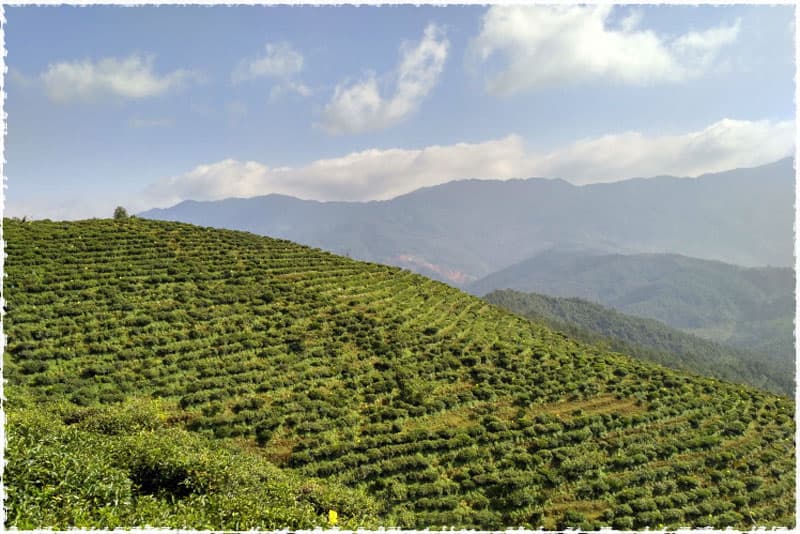
This garden is positioned in a location where no cars pass nearby, in a natural environment far from human intervention. Out here, natural poultry manure is considered to be one of the best (and most abundant) fertilizers.
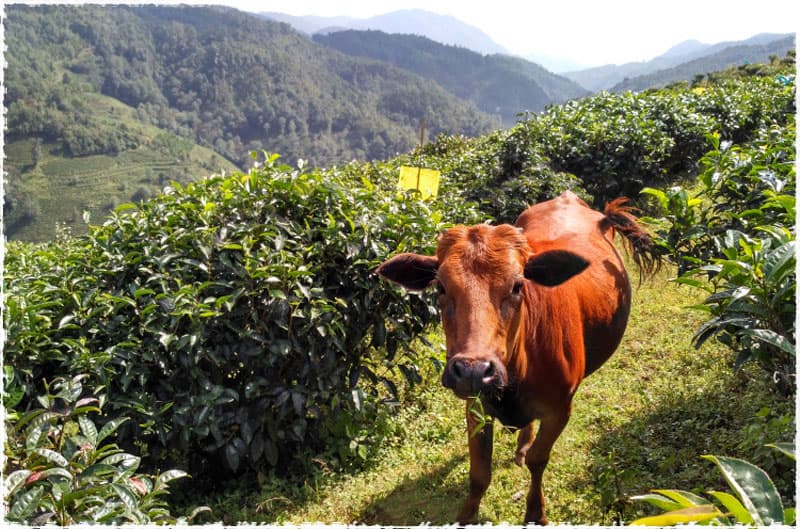
Pu’er City, formerly known as Simao, is a prefecture-level city in southern Yunnan province. Elevations here range between 320 and 3400 meters with a wide range of ancient tea trees. The city was identified as the hometown of pu-erh teas, is well-known as the “birthplace of tea”, and is the heartland of tea trees in the world. As one of the places where pu-erh tea was originally produced, Pu’er City contains abundant rich resources and tea varieties. Generally, these can be divided into three types:
* original wild ancient trees and populations
* transitive-type ancient trees
* cultivation-type ancient trees
These trees grow at high altitudes covered by a large area of ancient forests, and the natural ecosystems have been well-protected and preserved for optimal cultivation. According to the 2007 satellite position survey results, the old tree resources, gardens, and populations cover more than 100mu in Pu’er City.
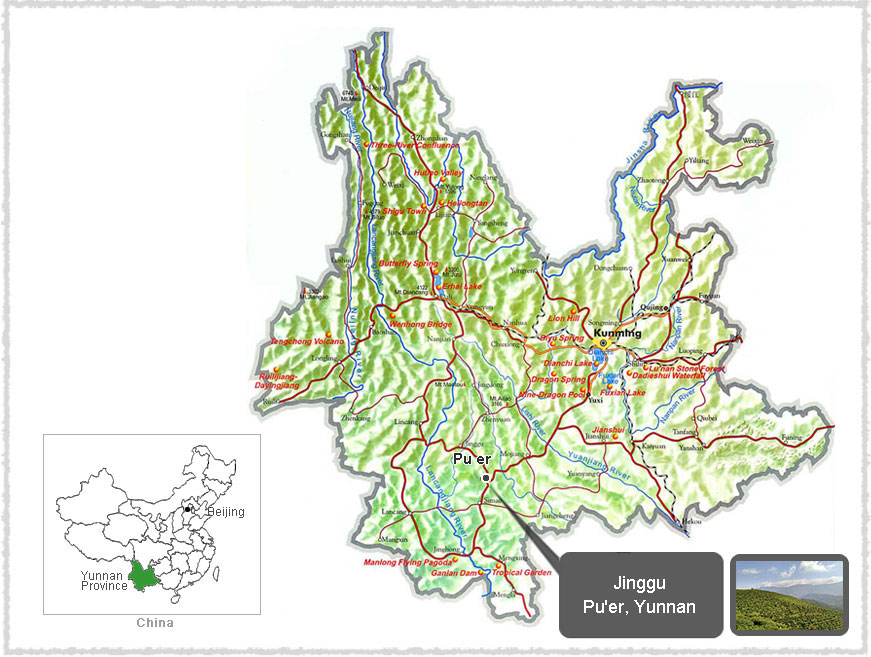
* Green Mandarin Orange
Sanjiang Town is named after the confluence of Tanjiang, Jiangmen Waterways and Hukeng River in the territory. The land formed by the accumulation of rivers is extremely fertile and is most suitable for growing crops. Therefore, the Xinhui tangerine cultivation in the Sanjiang area has a long history and can be regarded as one of the traditional producing areas of Xinhui tangerines. The water area of Sanjiang Town accounts for about 23%, and the alluvial plains account for about 63.8%. This means that Sanjiang has a good soil condition, high organic matters content, and convenient irrigation, which provides "geographical advantages" for the cultivation of Xinhui oranges.
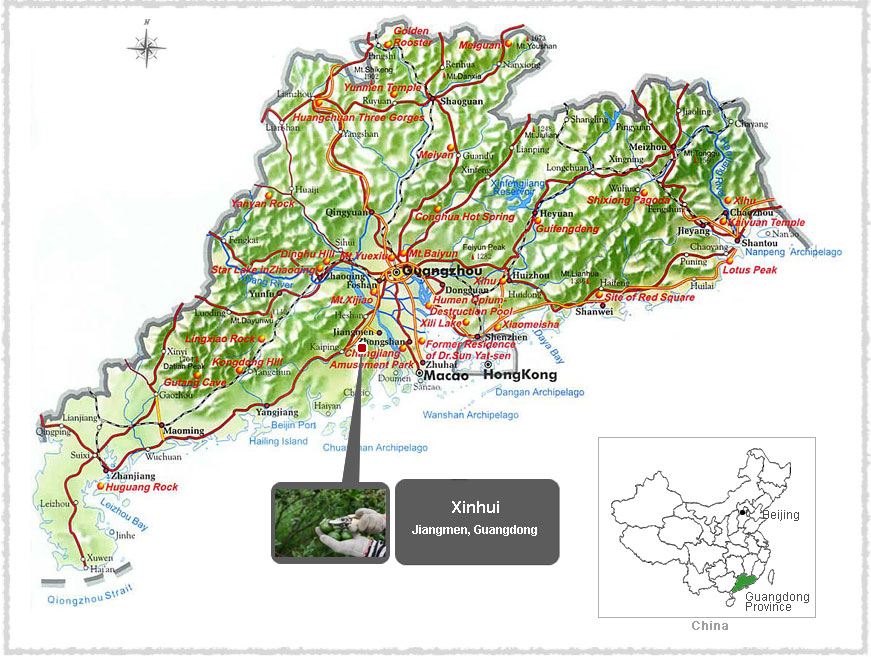
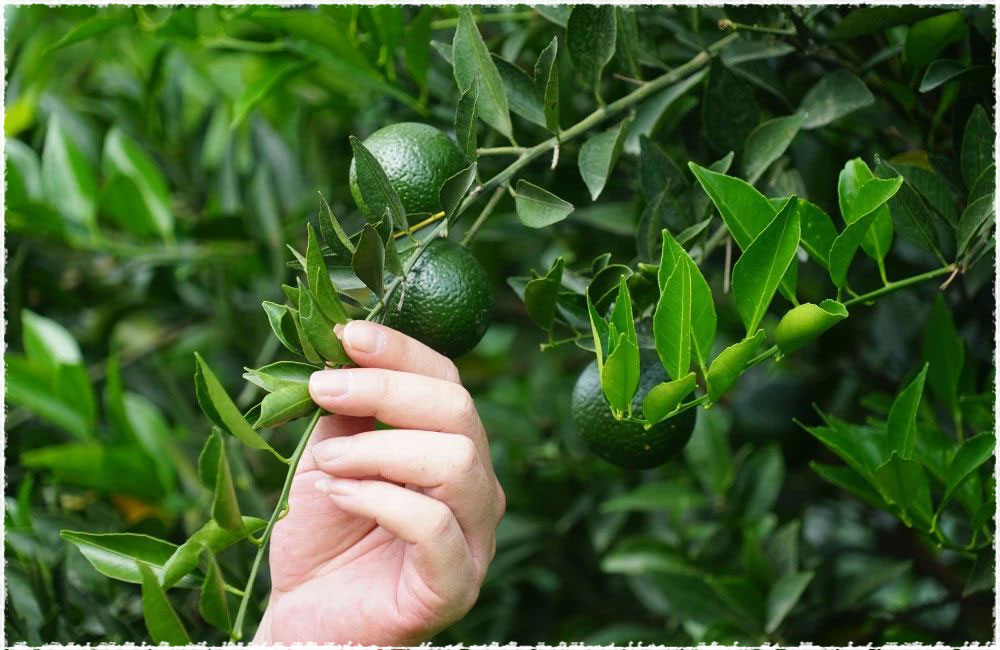

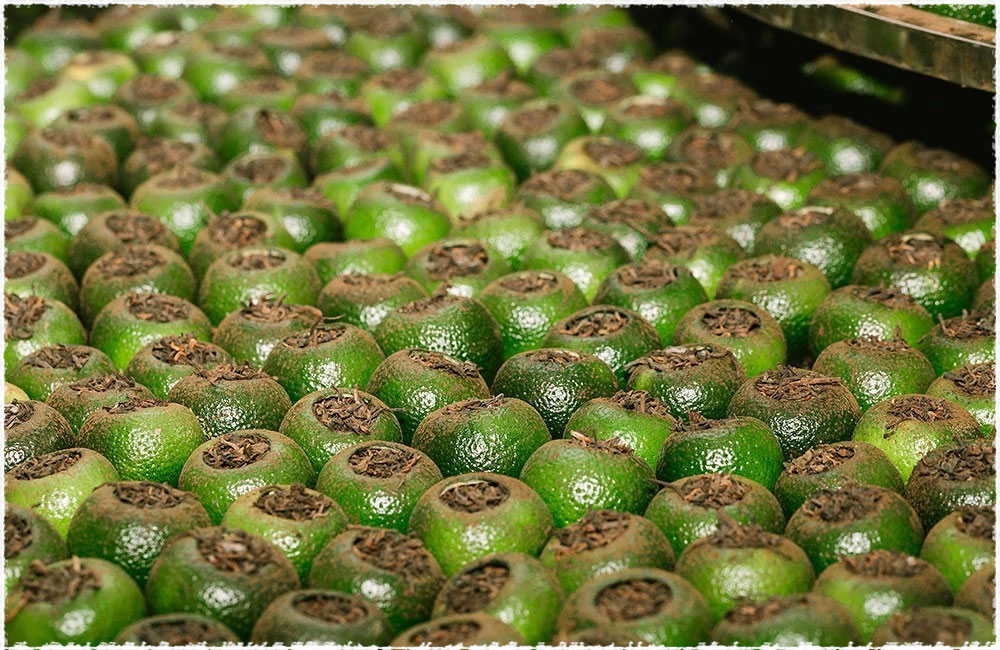
The Yunnan large-leaf tree is a famous Chinese tea variety and includes the Mengku large-leaf tree, Fengqing large-leaf tree, and Menghai large-leaf tree species, and is suitable for making black and pu-erh teas.
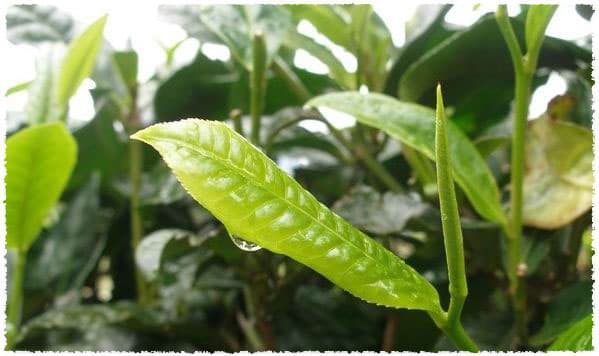
The Xinhui mandarin orange is an excellent variety selected by fruit growers during its long planting history, with an edible peel and pulp both with medicinal uses. Because of its unique good quality, in the Ming and Qing Dynasties it was often chosen as a royal “tribute”. The green version of this orange used in this tea is the unripe fruit.
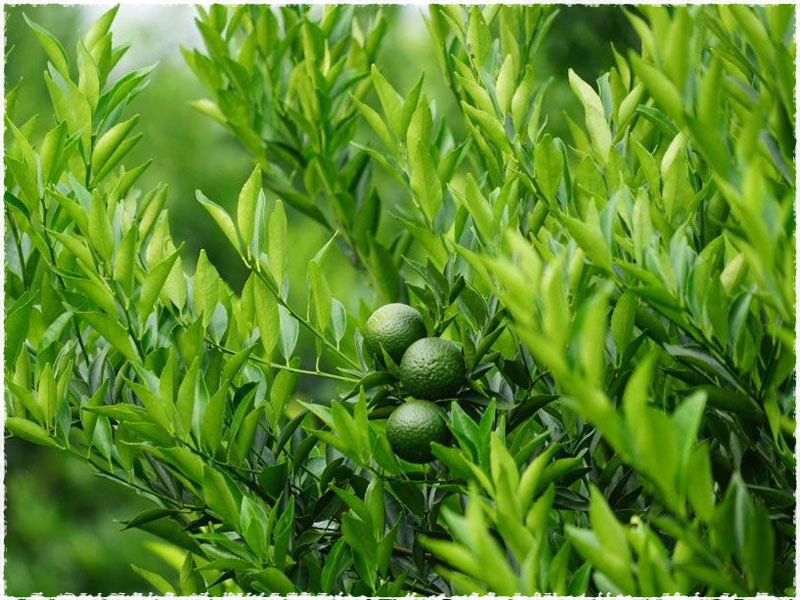
Citrus peel brewed with tea was first mentioned early in The Classic Of Tea written by tea sage Luyu, but has become much more popular in recent years. It is said that the citrus tea was invented by a Jingshi of the Daoguang region, called Luo Tianchi. Luo Tianchi liked to drink pu-erh tea, and one autumn day, he had a headache while reading and drinking tea at home. His wife prepared citrus water for his headache, but he mistook it for boiled water and poured it into his tea cup. He realized his mistake afterwards, but instead of wasting it, decided to take a sip - and as soon as the fruit flavor of the citrus and the mellow taste of the pu-erh surrounded him, he felt comfortable. After several cups his throat felt better and his head had cleared, and from that day on, he loved to drink his pu-erh tea with citrus peel. Many of his relatives learned that he loved citrus peel, so they specially sent him many Xinhui mandarin oranges: he thought that both the pu-erh tea and the peel of the Xinhui orange improve with age, so why not combine the two? And thus the citrus pu-erh tea was invented.
-
5 stars8
-
4 stars2
-
3 stars2
-
2 stars0
-
1 star0



